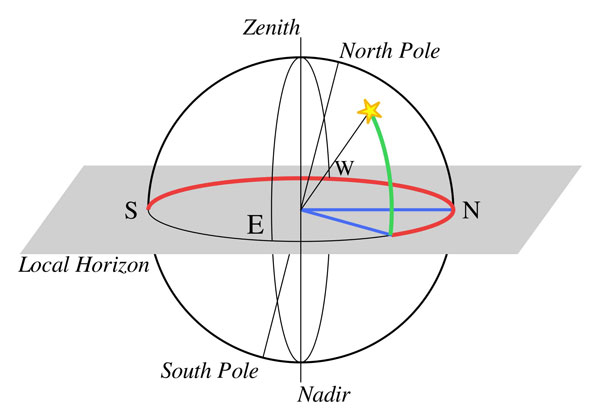When I was in college, I took Astronomy 101 because it was taught by James van Allen. I figured, correctly, that this was my only opportunity to take a course from the discoverer of any phenomenon I had learned in high school, in this case the Van Allen radiation belt.
An English major, I was no fool. I took the course pass-fail. A student who had avoided physics in high school – even if she had avoided it because she was afraid of Mr. Rinas, not of science – had no business in a college astronomy course.
But the first class allayed my fears.
Dr. Van Allen, one of the world’s foremost physicists and a pioneer in the U.S. space program (NASA was still naming stuff after him in 2014), launched his first lecture by drawing a big circle on the chalkboard.
“A circle has 360 degrees,” said the head of the University of Iowa’s Physics and Astronomy department.
He drew a horizontal line. “When you divide a circle in half, you have 180 degrees.”
He bisected the horizontal line with a vertical one. “Divide in half again, and you have 90 degrees.”
Now that’s clear, effective communication.
 Dr. Van Allen might have assumed that all of us undergraduates, having completed high school, would know how many degrees in a circle. He might, indeed, have assumed that we had some grasp of spherical geometry. He might even have assumed that, having signed up for college astronomy, we had taken high school physics.
Dr. Van Allen might have assumed that all of us undergraduates, having completed high school, would know how many degrees in a circle. He might, indeed, have assumed that we had some grasp of spherical geometry. He might even have assumed that, having signed up for college astronomy, we had taken high school physics.
But Dr. Van Allen had plenty of teaching experience by that time. He may have known how little undergrads really know.
Or maybe, being a scientist, he knew better than to assume anything.
He had lots (and lots and lots) of knowledge to impart. But he couldn’t impart any of it if he started with what he knew. He had to start with what we knew.
You know lots (and lots and lots) about your mission and how you accomplish it. Maybe your work isn’t literally rocket science, but you know your field the way Dr. Van Allen knew cosmic physics. (Dr. Van Allen wasn’t literally a rocket scientist, either – but the rockets wouldn’t have been much use without his experiments, so close enough.)
To impart what you know, you have to start, not with what you know, but with what your audience knows. It’s safest, like Dr. Van Allen, to assume no knowledge whatsoever.
But that’s not easy. After all, you’re immersed in your equivalent of cosmic physics. It’s not easy to step back to ask the equivalent of, “What do these Iowa sophomores already know about spherical geometry?”
One handy tactic is to put yourself in the audience’s shoes (or chair, as in this oldie but goodie from the archives). Another is to focus on what’s in it for audience members, rather than for you.
Another is to hire someone like me. My ignorance of your field is an asset: It matches the ignorance of your audience, or at least some portion of it.
I specialize in translating specialized knowledge like yours into language anyone can understand.
Contact me! If you want communications help, great. If not, brag about your most eminent college professor.


